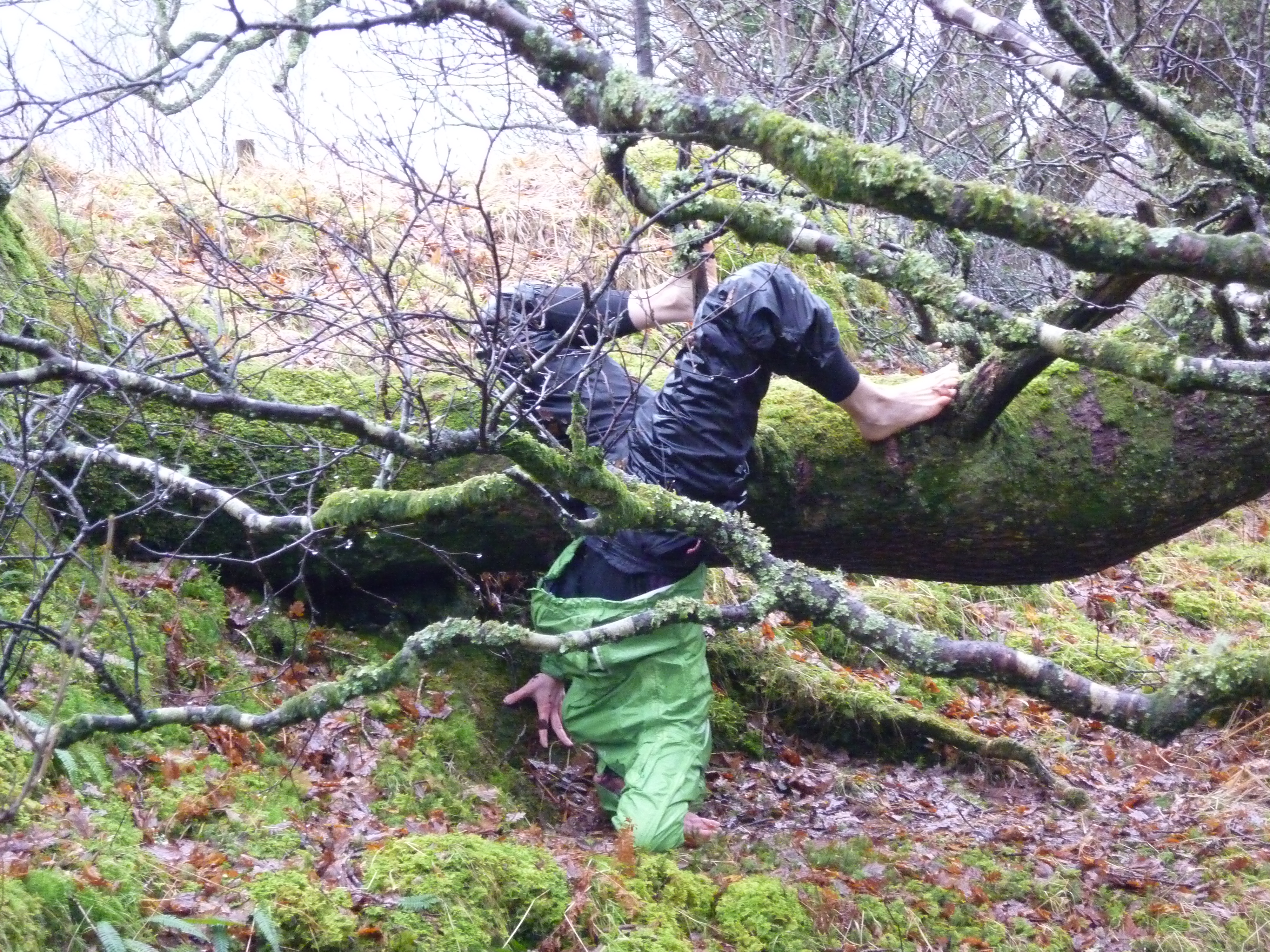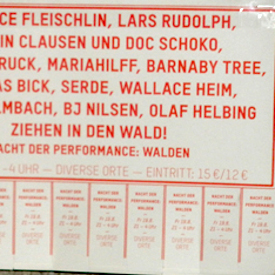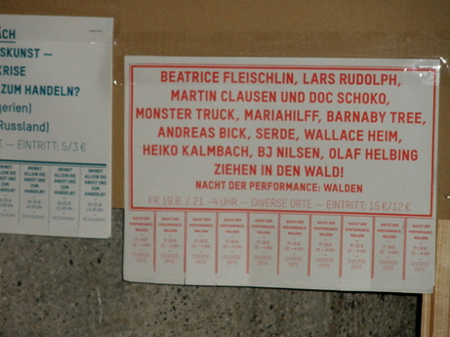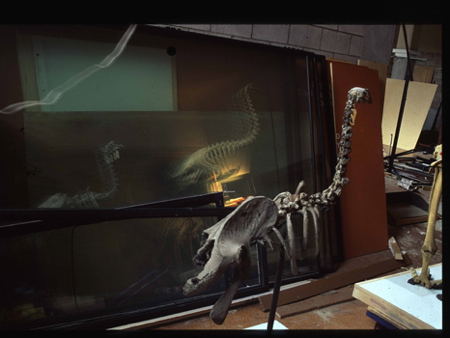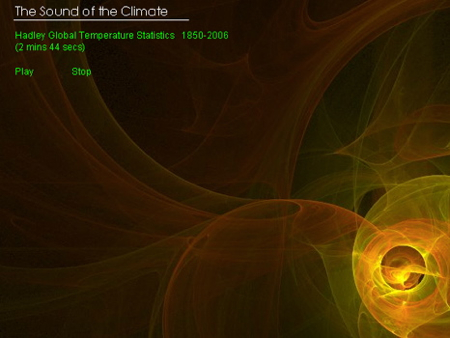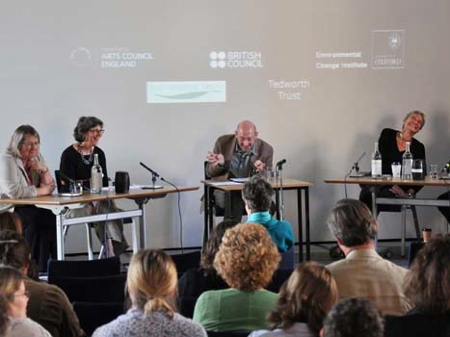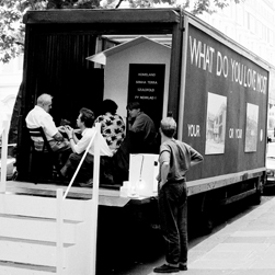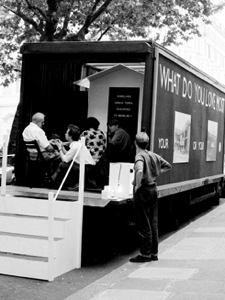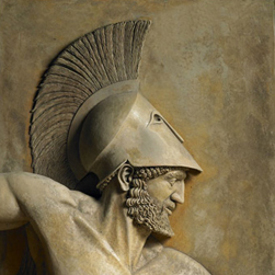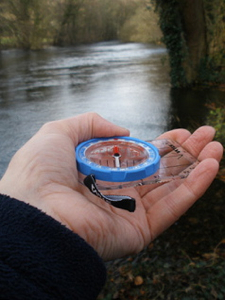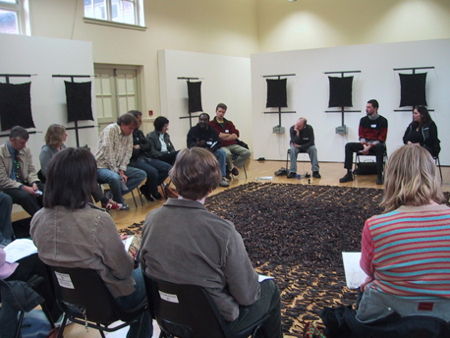12 Feb talks and workshops
Becoming Earthly – an experimental learning space at The Barn, Banchory, Scotland (2020)
Wallace was one of four artists and philosophers leading online ‘learning sessions’ delving into how to ‘become earthly’, in Bruno Latour’s words, how to live in the thin skin of the earth that is the atmosphere and topsoil on which life depends. The sessions were for artists who want to further develop their work in art and ecology.
Wallace gave two sessions. ‘Play and Shame’ which was based on ideas of play derived from Gregory Bateson; on shame as a creative possibility to be restored in this time of shamelessness; and a story of a cow. ‘How do we care?’ was based on her exhibition ‘x = 2140‘ and explored the feelings and practices of care with that which is contaminated. See also her article ‘Times of Caring in a Nuclear World‘.
Rebecca Beinart was artist-in-residence undertaking a socially engaged project during 2019-2021 on the future of Crow Park in Keswick, Cumbria, in association with the National Trust. Wallace and Rebecca hosted four online writing workshops, focussed on Crow Park: An Archaeology of the Future, Eating the Landscape, Writing a Crow, and Objects and Inhabitants. Wallace, Rebecca and the poet and artist Maya Chowdhury held an online conversation: Slippery Time and Other-than-Human Perspectives.
With social anthropologist Petra Tjitske Kalshoven, Wallace has presented several talks. More here.
Talks are listed here.
Other talks
‘Environmental justice and arts policy’ for the Federation of Scottish Theatre (2020).
‘Performing the Future’ as part of workshop and event by Rachel Jacobs, Nottingham Contemporary (2018).
Panel member for Creative Resistance? Resilient Futures? at Whitworth Gallery, Manchester, as part of GAIA: Resonant Visions, the artistic programmes for the Society of Ecological Restoration (SER) conference curated by James Brady (2015).
The rich build walls against the wild and so they desire it’, a talk for The Wild Project at Primary, Nottingham (2014).
Keynote and respondent for ‘A Return to Pre-Modernity’, film programme curated by Victor Wang at the Institute of Contemporary Arts, London, August 2014. The films were: Amphibious (Login-Logout) by Jennifer Allora & Guillermo Calzadilla; Tônus | 2012 by Rodrigo Braga; and ‘Beau Geste’ by Yto Barrada (2014).


